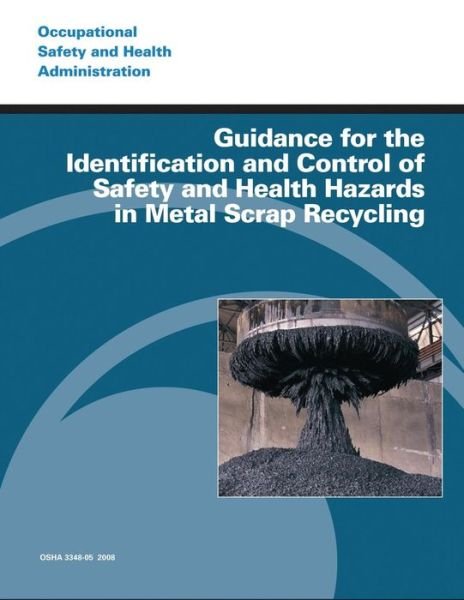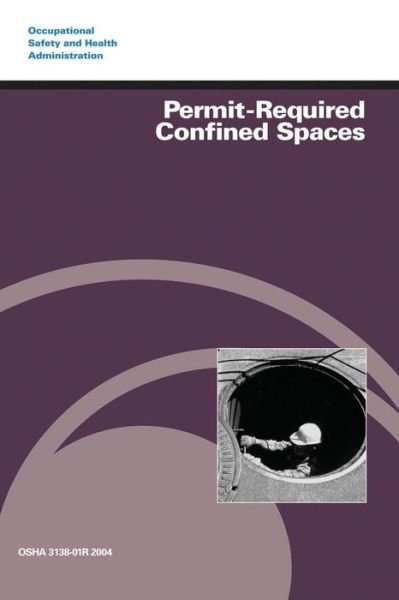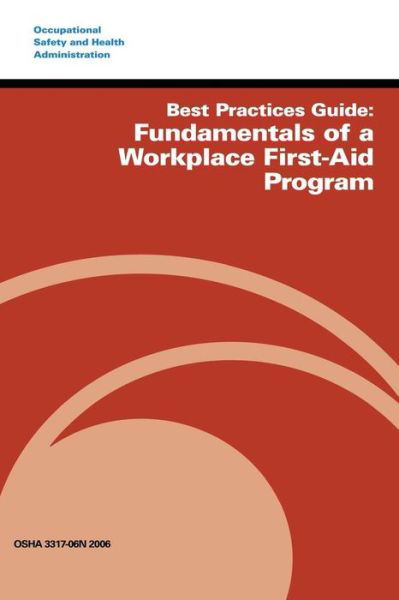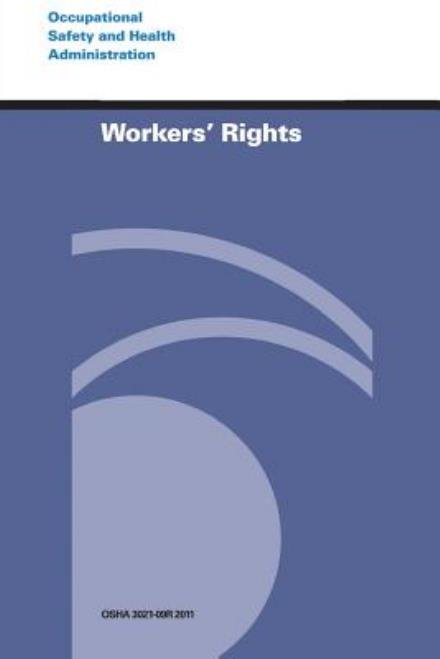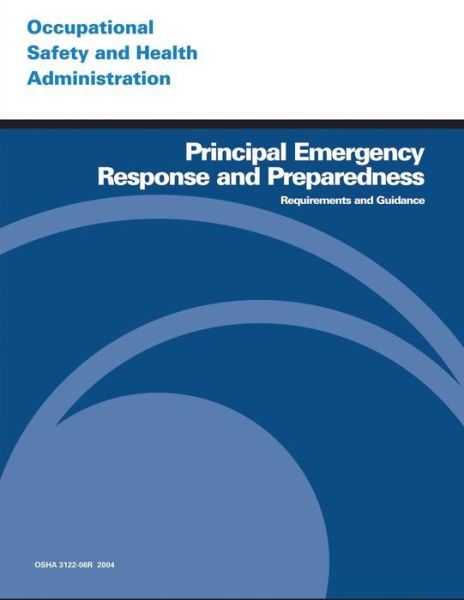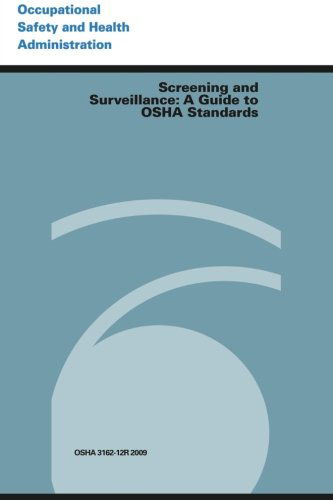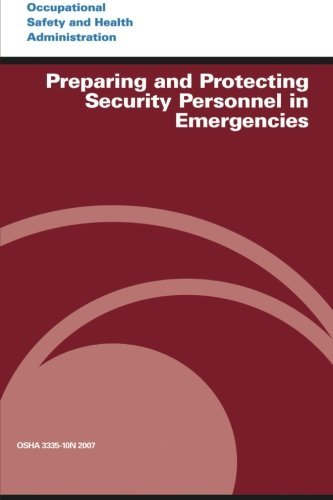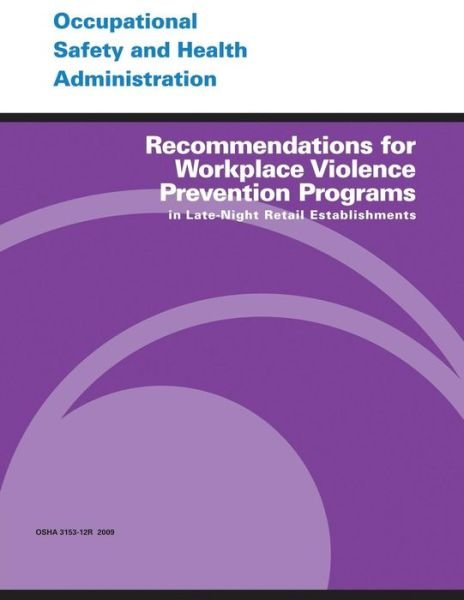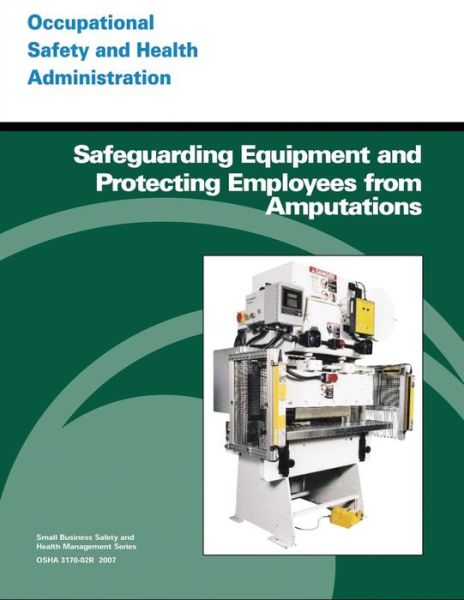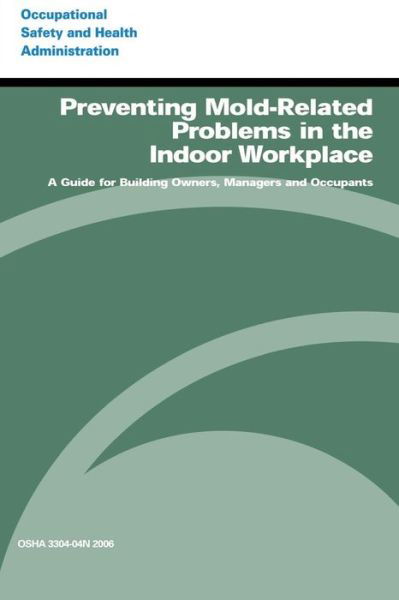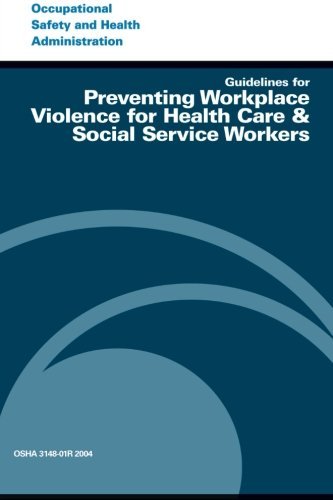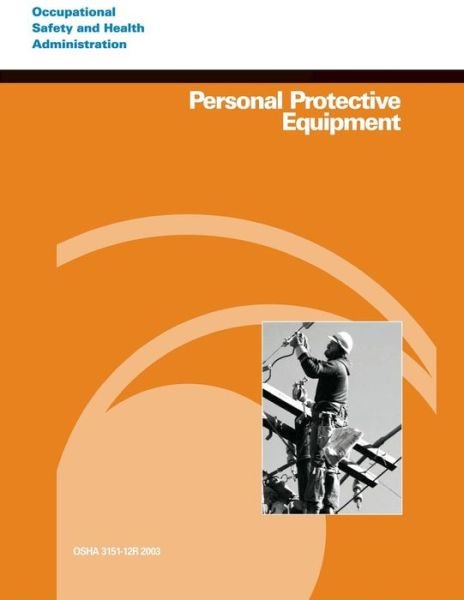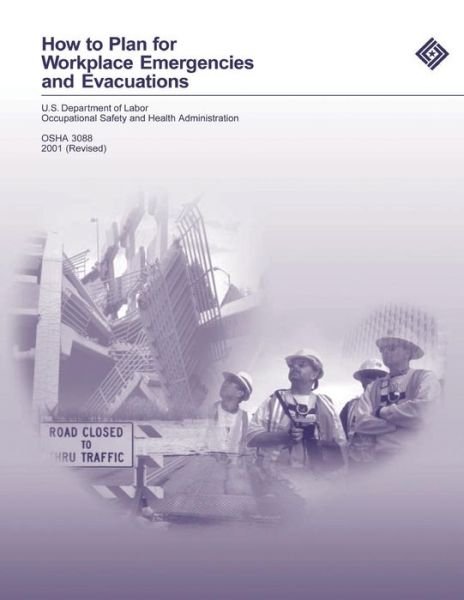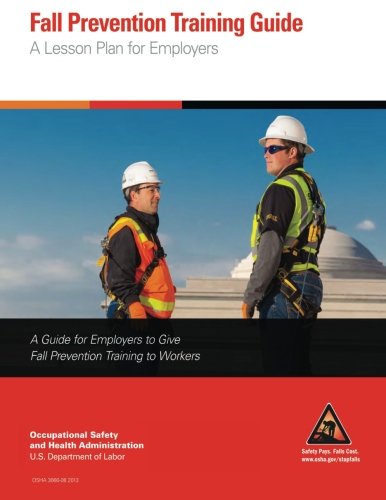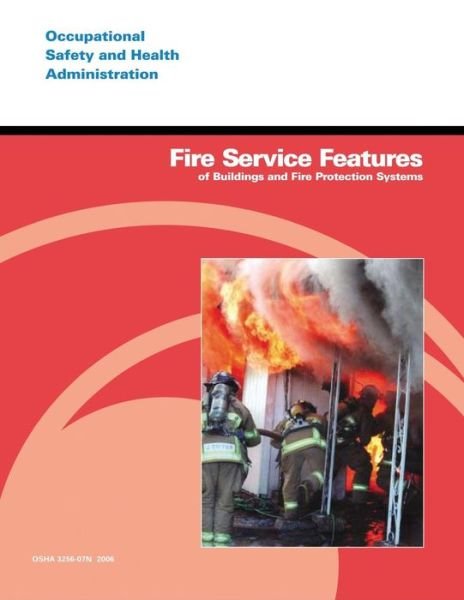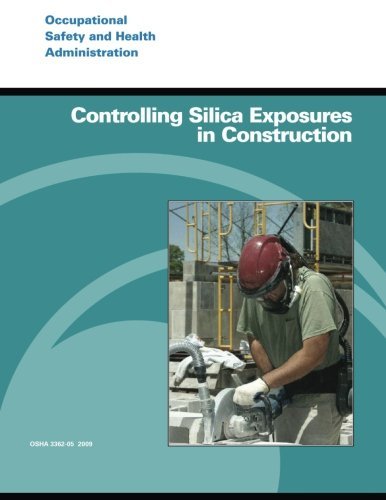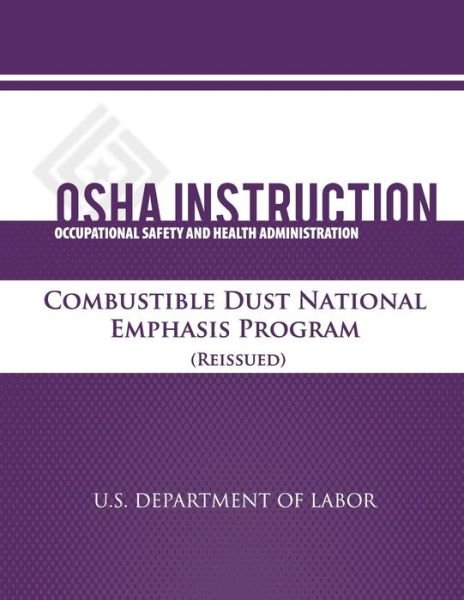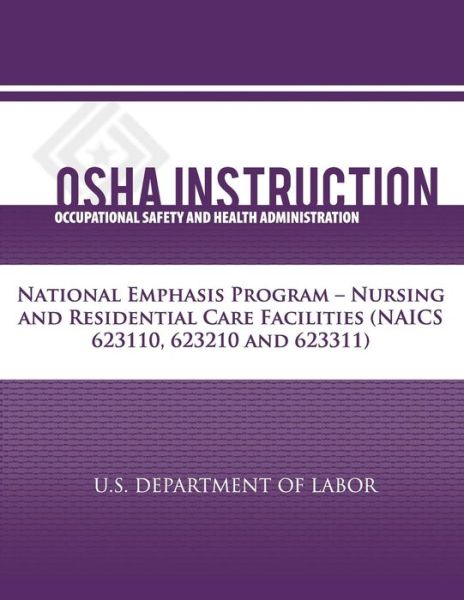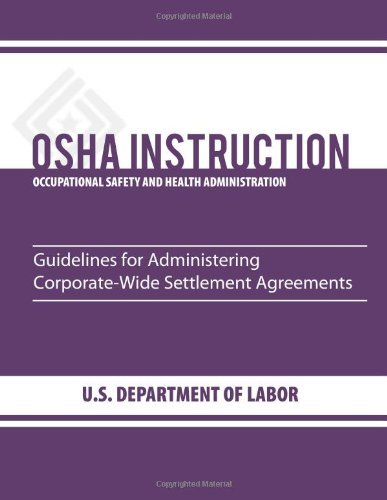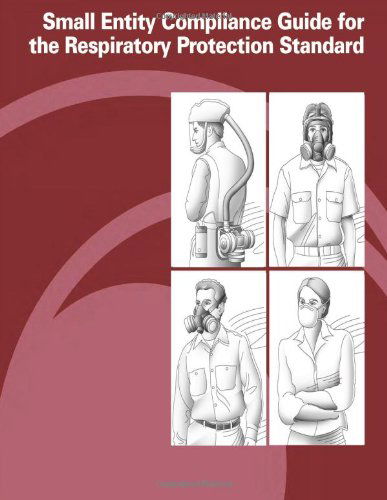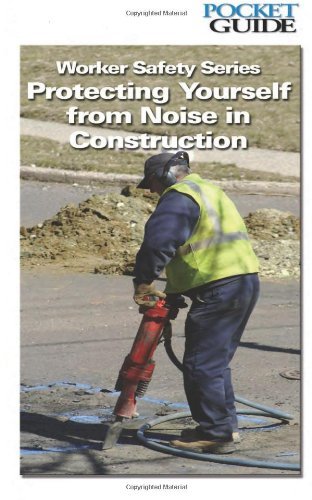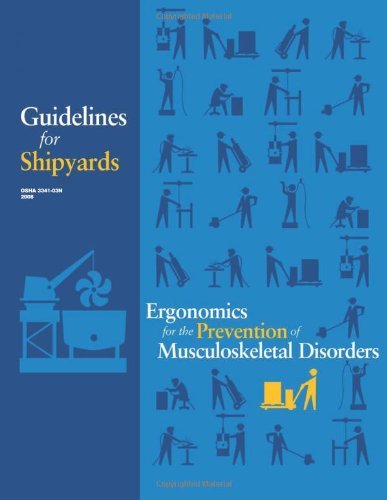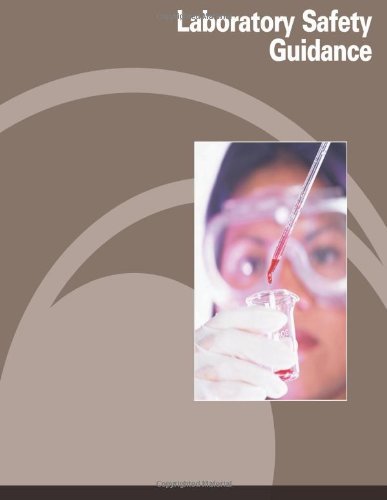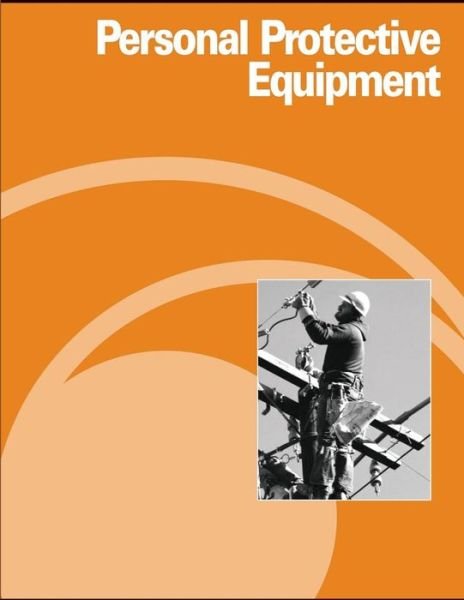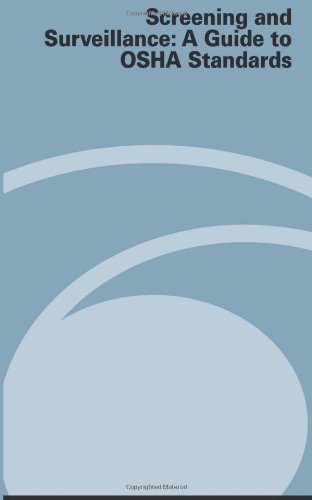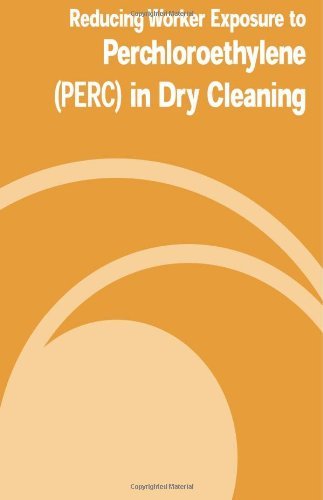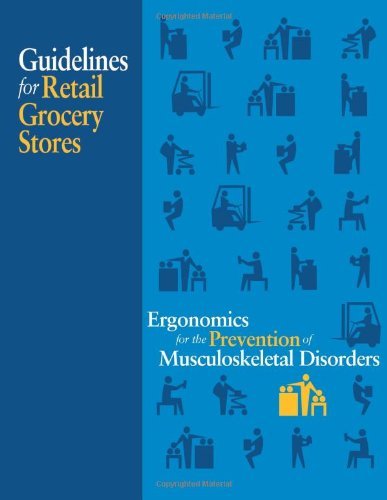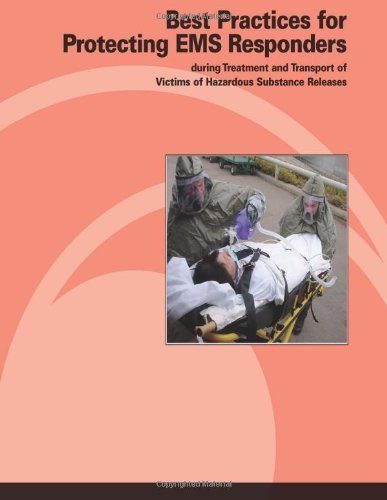
Tell your friends about this item:
Best Practices for Protecting Ems Responders During Treatment and Transport of Victims of Hazardous Substance Release
Occupational Safety and Health Administration
Best Practices for Protecting Ems Responders During Treatment and Transport of Victims of Hazardous Substance Release
Occupational Safety and Health Administration
In 2005, OSHA published the Best Practices for Hospital-Based First Receivers guide that provided guidance for those healthcare facilities that receive and treat victims of hazardous substance releases. At the request of stakeholders that participated in the development of that guide, OSHA has developed a similar guide for emergency medical service (EMS) responders who provide medical assistance during an incident involving a hazardous substance release. This guide, OSHA 3370-11, Best Practices for Protecting EMS Responders, is intended for employers of EMS responders and discusses the measures these employers need to take to protect their EMS responders from becoming additional victims while on the front line of medical response. EMS responders are broadly defined here as the individuals who provide pre-hospital emergency medical care and patient transportation. Some EMS responders are also assigned duties that support patient care, including patient decontamination. For the purpose of this guide, the term EMS responder refers to all levels of emergency medical personnel involved in incident response (e.g., emergency medical technicians [EMTs], paramedics, and others who perform similar duties). While many EMS responders are cross-trained (e.g., EMT and firefighter), this guide applies to these workers only when they are functioning as EMS responders. Preplanning helps employers ensure that their workers have adequate training and personal protective equipment (PPE) for the incidents in which the workers are expected to participate. Critical steps for the employer involve determining the EMS responder?s expected role in a reasonably anticipated worst-case scenario, identifying the hazards that are associated with the EMS responder?s assigned duties, and developing an emergency response plan (ERP) that spells out how the EMS responder will be prepared (through training and PPE) to safely fulfill those duties (OSHA Instruction CPL-02-02-073, Emergency Responses to Hazardous Substance Releases, Aug. 27, 2007). OSHA?s Recommendations OSHA?s recommendations on minimum training and PPE for EMS responders assisting patients at hazardous substance release sites generally follow regulatory requirements contained in paragraph (q) of OSHA?s Hazardous Waste Operations and Emergency Response (HAZWOPER) standard (29 Code of Federal Regulations [CFR] 1910.120) and associated guidelines and interpretive letters. In some instances, OSHA also recommends that, as a best practice, employers consider offering instruction to certain EMS responders who would not otherwise receive HAZWOPER training under regulatory requirements, but who OSHA believes might find themselves in a situation where this training would allow them to make better decisions to protect both themselves and other EMS personnel.
| Media | Books Paperback Book (Book with soft cover and glued back) |
| Released | June 27, 2012 |
| ISBN13 | 9781478145165 |
| Publishers | CreateSpace Independent Publishing Platf |
| Pages | 100 |
| Dimensions | 6 × 216 × 279 mm · 254 g |
| Language | English |


